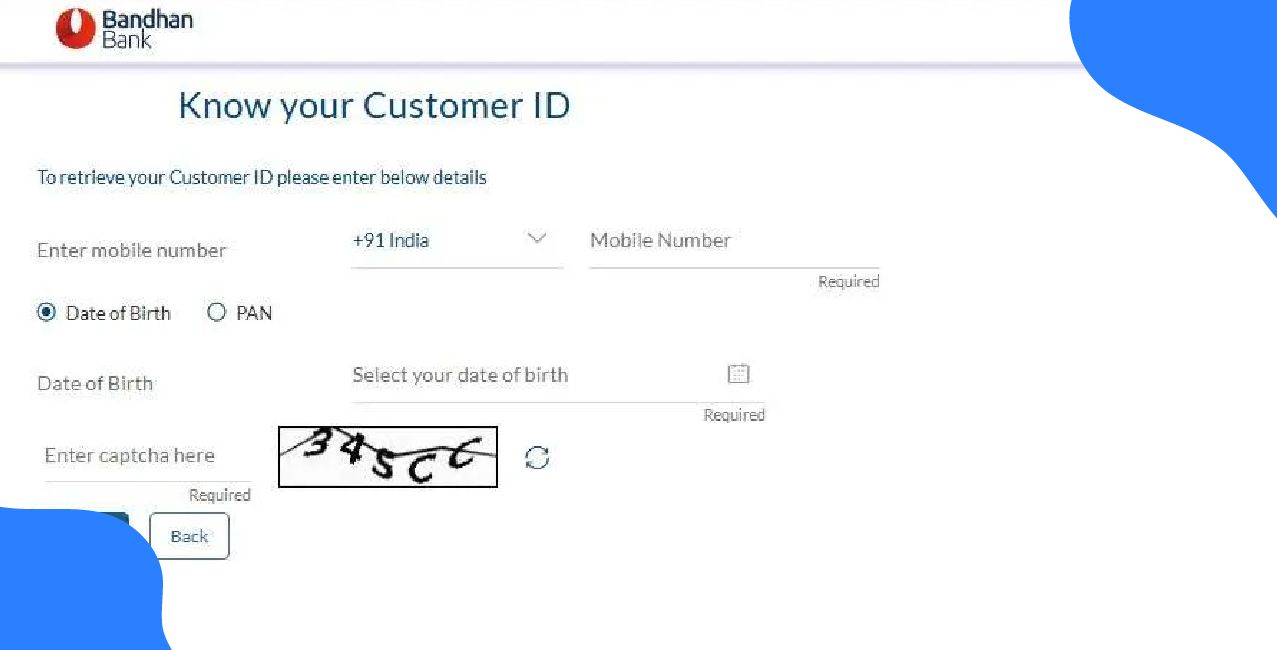
Author
LoansJagat Team
Read Time
5 Min
13 May 2025
Why Do Banks Prefer Salaried Employees for Personal Loans Over Self-Employed?
When people apply for a personal loan, many notice one thing — banks usually say “yes” more easily to salaried folks than to those who are self-employed. But why is that?
Neha is a freelance graphic designer from Pune. She earns anywhere between ₹30,000 and ₹90,000 a month, depending on her projects. When she applied for a ₹2,00,000 personal loan, two banks turned her down—even though her credit score was good and she’d been filing taxes for years.
Her friend Radhika, whose fixed salary was ₹55,000 per month, had this same loan approved in 2 days.
Neha asked herself, "What is it about a fixed salary that makes such a difference?"
The answer is simple. Banks like stability. And a reliable pay cheque is a lot less risky than income that changes month to month.
Let’s start with that.
The “Fixed Income” Factor: Banks' Love of Certainty
Rohit, 29, works in an office and gets ₹60,000 every month, right on schedule. His income is consistent, his tax is settled, and the bank can easily determine his income through his payslips.
For Farhan, who is a freelance photographer, he earns ₹90,000 some months and just ₹25,000 off-season. His income fluctuates a great deal, and the bank has less of an idea.
For banks, Rohit is an easy choice. Farhan, not so much.
Details | Rohit (Salaried) | Farhan (Self-Employed) |
Monthly Income | ₹60,000 (Fixed) | ₹25,000 to ₹90,000 (Variable) |
Proof of Income | Payslips, Form 16 | ITR, invoices |
Approval Chances | High | Medium to Low |
Why Banks Prefer Salaried Employees
- Regular income = simpler to forecast loan repayments
- Payslips + bank statements = clean evidence of earnings
- Less risk = faster approvals
Read More - Salary vs Loan Amount
Self-Employed? More Like Self-Complicated!
Anjali, 31, is a makeup artist in Delhi. During peak wedding season, she earns ₹1,20,000 a month. In off months, it drops to ₹20,000. She also spends a lot on travel, studio rent, and assistants, so her actual savings vary a lot.
When she applied for a ₹3,00,000 loan, the bank said no, not because she didn’t earn enough but because her income was irregular and hard to prove.
Why It’s Tough for Self-Employed Borrowers:
- Income is seasonal and unpredictable
- Business expenses reduce the actual take-home
- No salary slips or EPF for proof
- Tax write-offs lower eligibility
Even high earners like Anjali face more hurdles just because their income isn’t fixed.
Credit Scores: The Game of Numbers
In the world of personal loans, your credit score is your report card, and banks love good grades. Salaried folks usually score better, and here’s why.
For example, Neha works a steady 9-to-5 and earns ₹50,000 every month. Her EMIs get paid on time, credit card dues cleared — her score? A solid 768.
Ramesh, on the other hand, runs his design gig. Some months he makes ₹90,000, some months barely ₹40,000. A few late payments here and there, and his score has dropped to 698.
Things That Matter | Neha (Salaried) | Ramesh (Self-Employed) |
Monthly Income | ₹50,000 (fixed) | ₹40,000 to ₹90,000 (up-down) |
Credit Score | 768 | 698 |
EMI & Card Payments | Always on time | A few delays |
Loan Approval Chances | Pretty high | It's a bit of a struggle |
Even a 50-point dip in your credit score can flip things — higher interest, a smaller loan, or a straight-up rejection.
“Bhaisaab, Documents Dikhao!” — Why Income Proof Is a Big Deal
“Paper sab kuch bolta hai.” Especially when you’re applying for a personal loan.
For salaried folks, paperwork is usually a cakewalk. For the self-employed? Not so much.
For example, Sakshi, 29, works at a marketing agency and draws ₹55,000/month. She applied for a ₹2,00,000 personal loan — and shared her last 3 payslips, Form 16, and bank statement. Loan approved in 48 hours.
Karan, 33, runs a small digital design firm. He applied for the same ₹2,00,000 loan but had to dig out GST returns, balance sheets, and 2 years of ITRs. It took 10 days, and he even had to pay a higher processing fee.
Also Read - Salaried vs. Self-Employed
Document Checklist: Salaried vs Self-Employed
Documents Needed | Sakshi (Salaried) | Karan (Self-Employed) |
Income Proof | 3 Salary Slips | Profit & Loss Statement |
Tax Returns | Form 16 or 1 ITR | 2 to 3 years ITRs + CA-certified docs |
Bank Statement | Last 6 months | Last 12 months |
Processing Time | 2 to 3 days | 7 to 10 days |
Extra Charges | Usually none | Often higher (due to document verification) |
Banks trust what they can verify. The simpler the documents, the smoother the ride.
When Loan Mismatch Happens: Debt Consolidation Works Differently
Debt consolidation means combining all your loans into one. The goal is to lower your interest rate and reduce your monthly payments.
But for self-employed people like Anita, it’s not always that easy.
Anita, a 30-year-old graphic designer, had a few loans:
Loan Type | Amount | Interest Rate | EMI |
Business Loan | ₹3,00,000 | 16% | ₹7,100 |
Credit Card Debt | ₹1,50,000 | 18% | ₹6,000 |
Personal Loan | ₹2,00,000 | 14% | ₹8,000 |
Total | ₹6,50,000 | Varied | ₹22,000 |
Her total monthly EMI was about ₹22,000. She thought consolidation would help, so she applied for a ₹6,50,000 loan. But because she’s self-employed, the bank either rejected her or gave her a high interest rate of 14%, which didn’t help her save much.
A salaried person, however, could have gotten the same ₹6,50,000 loan at a lower rate, around 11% to 12%, bringing their EMI down to ₹15,000.
Loan Type | Amount | Interest Rate | EMI |
Consolidated Loan | ₹6,50,000 | 14% | ₹17,000 |
Conclusion
Banks prefer salaried employees for personal loans because of their stable, predictable income and easier documentation. Self-employed individuals face more hurdles despite high earnings.
FAQs
- Why are salaried individuals preferred for loans?
Their stable, predictable income and easy verification reduce the risk for banks.
- Can a self-employed person opt for debt consolidation?
Yes, but expect higher interest rates due to income instability.
About the Author

LoansJagat Team
‘Simplify Finance for Everyone.’ This is the common goal of our team, as we try to explain any topic with relatable examples. From personal to business finance, managing EMIs to becoming debt-free, we do extensive research on each and every parameter, so you don’t have to. Scroll up and have a look at what 15+ years of experience in the BFSI sector looks like.

Quick Apply Loan
Subscribe Now


